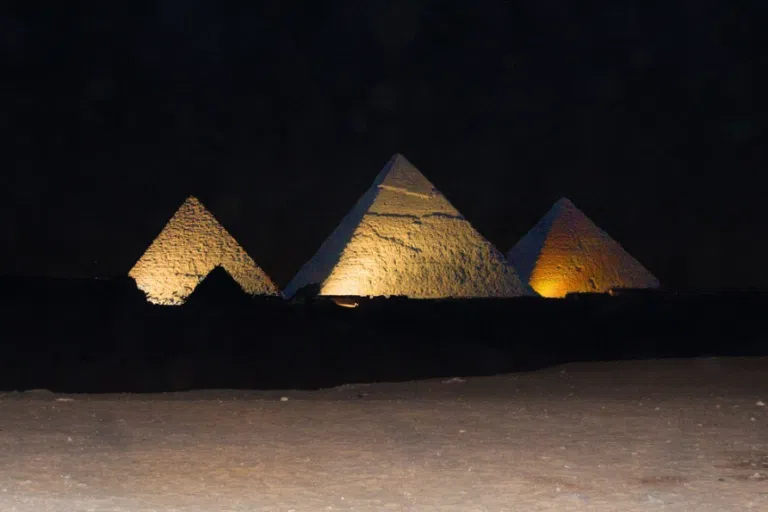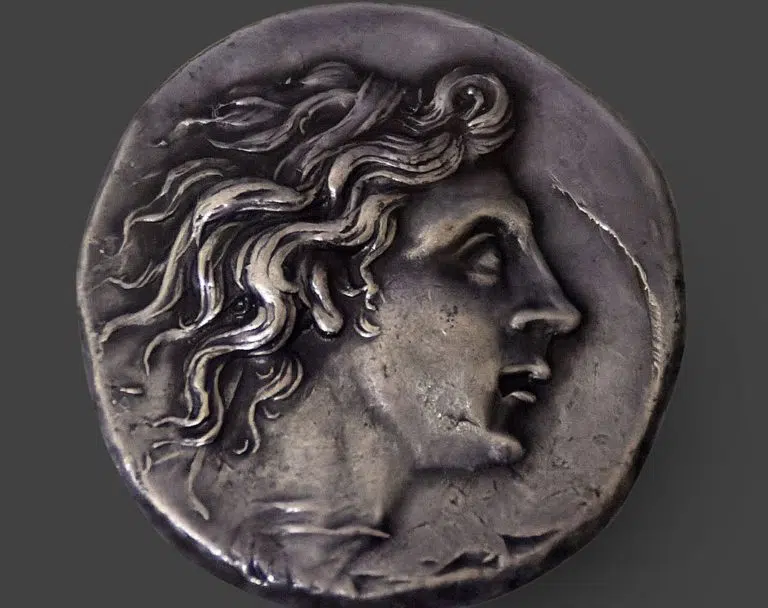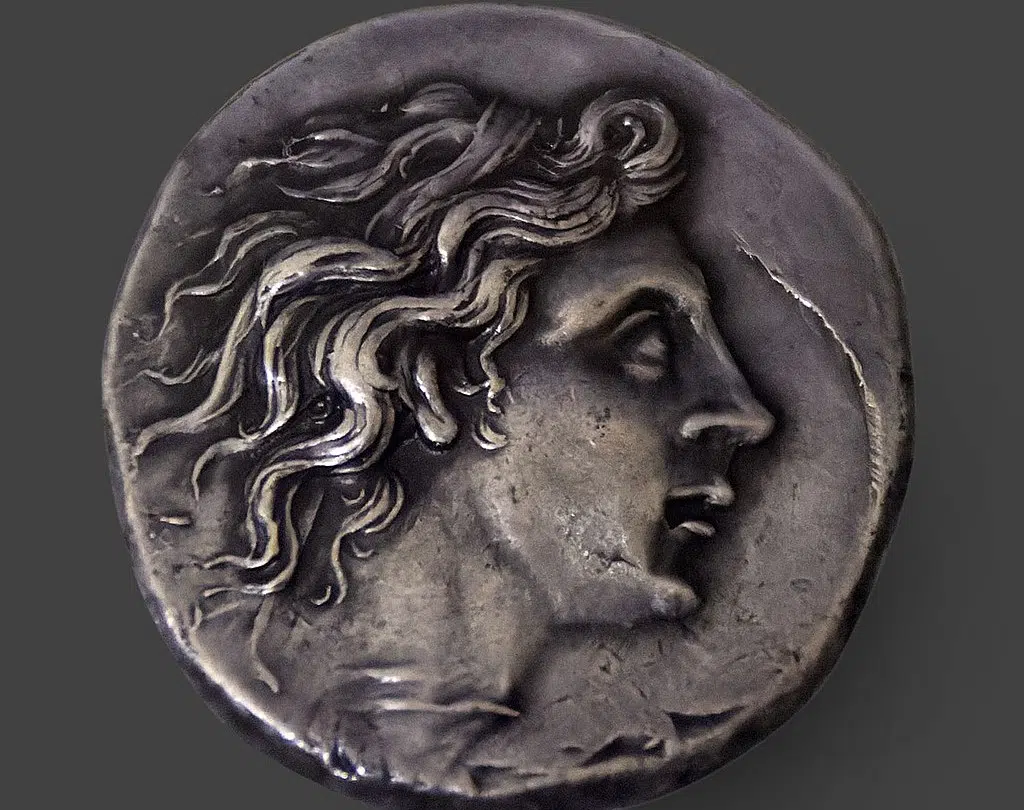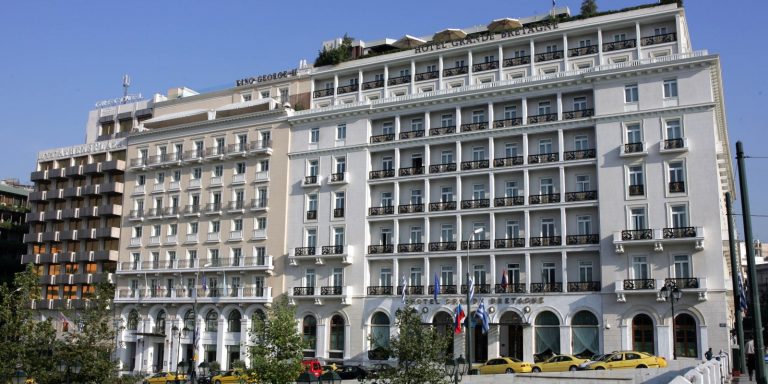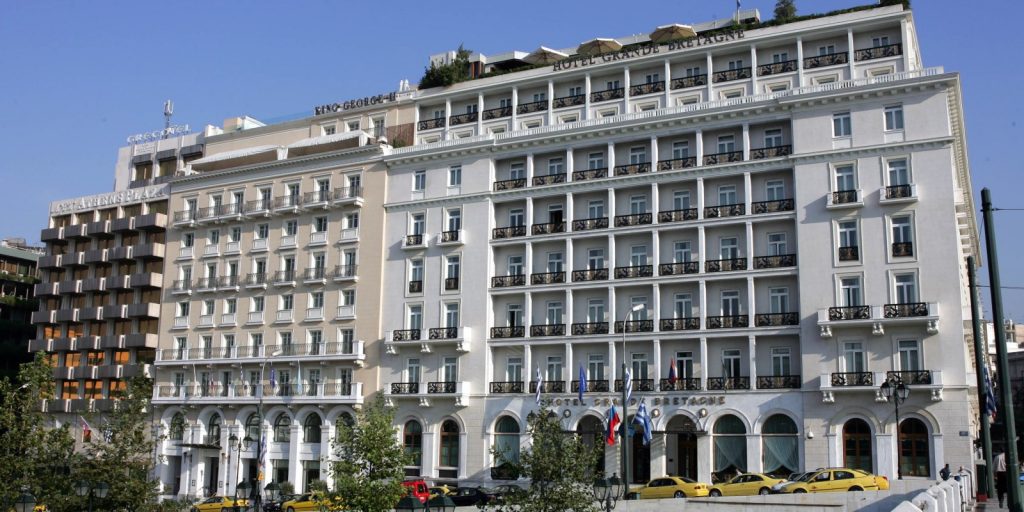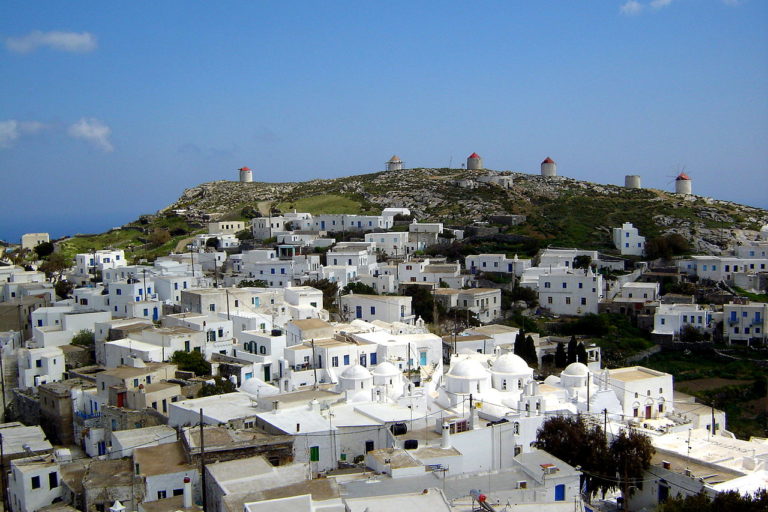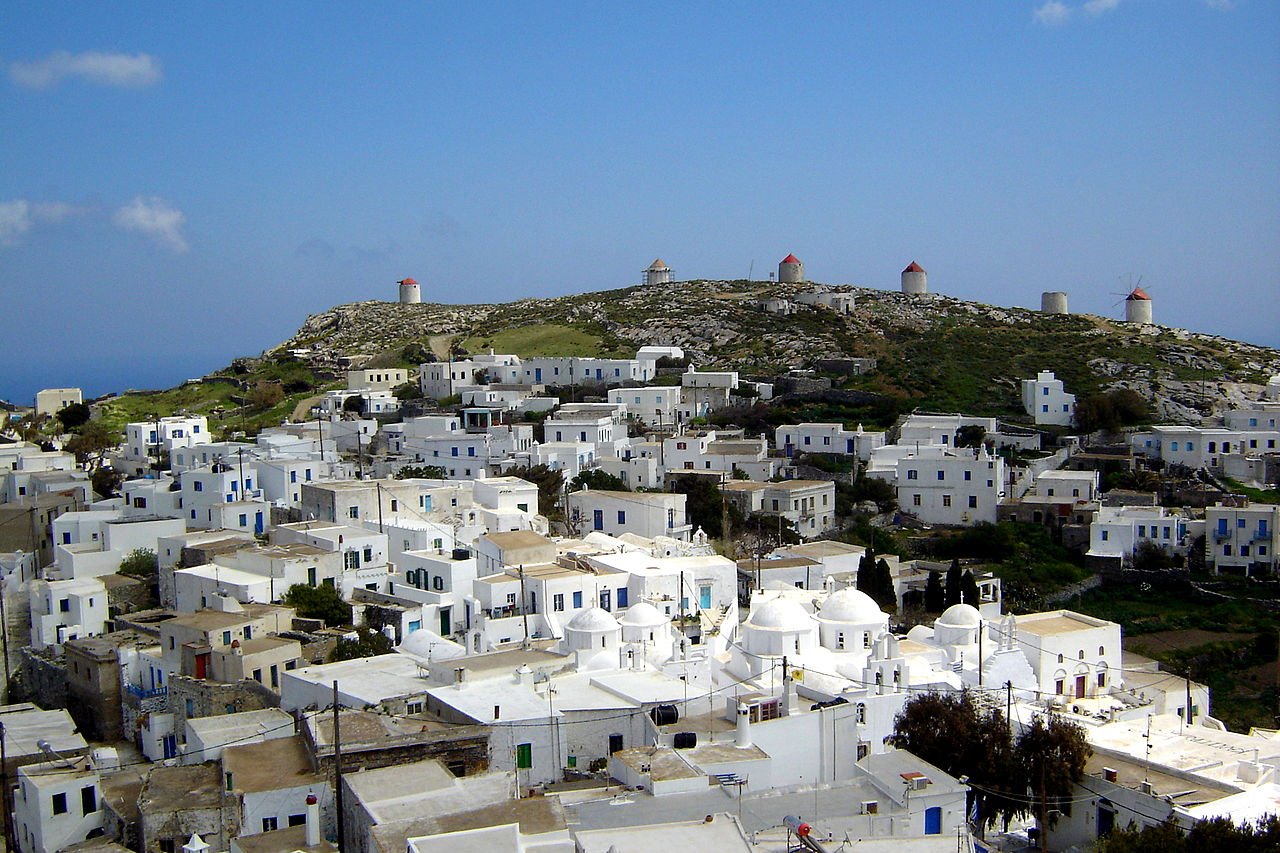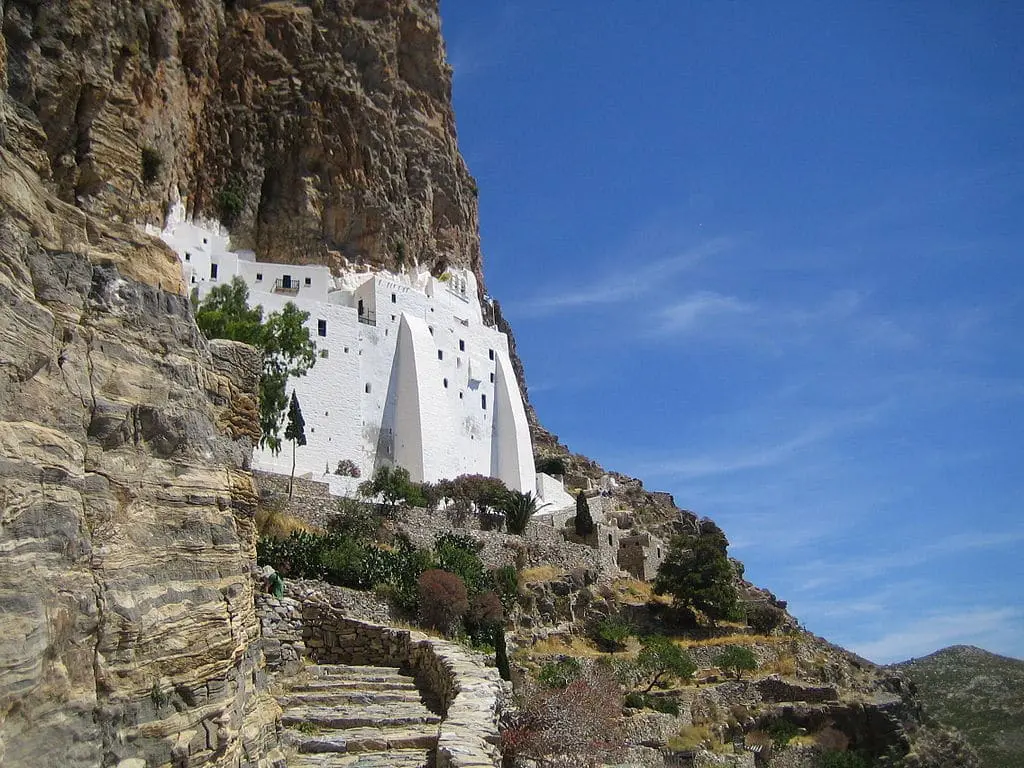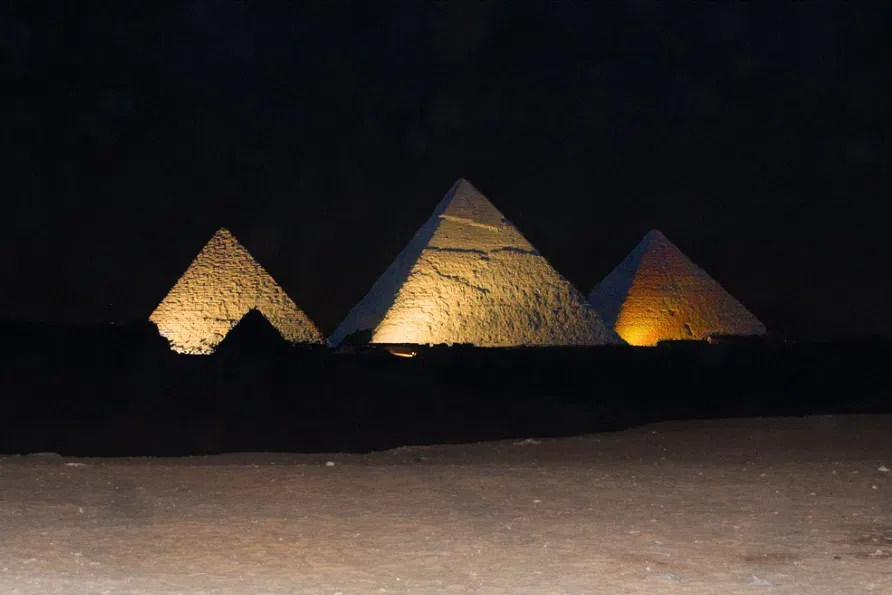
An astrophysicist with the Institute of Cosmology and Gravitation at the University of Portsmouth in the UK, has shed light on how the ancient Egyptians viewed our galaxy – the Milky Way – thousands of years ago.
A new study published in the Journal of Astronomical History and Heritage, Or Graur, from the University of Portsmouth, has revealed how the Milky Way may have been linked to the ancient Egyptian sky goddess Nut.
“This study is a new way to look at the sky goddess and at the way astronomy may have been used by ancient Egyptians,” the astrophysicist told Newsweek.
Astronomical simulations and ancient Egyptian texts show the Milky Way was linked to the ancient Egyptian sky goddess Nut. This fits within multicultural myths about our home galaxy | Opinion https://t.co/sjNUA1uBnG
— Scientific American (@sciam) April 11, 2024
For their era, the ancient Egyptians had an advanced comprehension of astronomy. They recorded and cataloged stars, mapped constellations, tracked the courses of celestial bodies such as the sun and moon, and invented the concept of a 365-day calendar, among many other achievements.
Additionally, the ancient Egyptians infused the wonder of the night sky into many parts of their culture and mythology.
Throughout the thousands of years of human history, before modern light pollution, the visible light band of our galaxy was one of the most recognizable and distinctive features in the night sky. Most cultures that have been in existence at one point or another have given a specific name and origin story to it.
However, despite the ancient Egyptians’ evident interest in the night sky, the name and role of the Milky Way in their culture remain unclear.
One theory previously put forward by scholars is that the Milky Way was seen by Egyptians as a celestial manifestation of the goddess Nut, and in this latest study, Graur got to work on determining whether or not this was the case and if the goddess could be linked to our galaxy.

It was already known that Nut played a significant role in ancient Egyptian cosmology, with the goddess typically depicted arched over her brother, Geb, and often studded with stars.
“In Egyptian cosmology, the world, which consisted of Egypt and its immediate neighbors, was surrounded by infinite, inert waters,” Graur wrote in the study.
“The Earth, personified by the god Geb, was protected from the encroaching waters by the sky, personified by Geb’s sister and consort, Nut, who was held aloft by the atmosphere, represented by their father, Shu.”
Nut also played an important role in the ancient Egyptian conception of the solar cycle, in which the sun is ferried by boat across the water of the sky from dawn to dusk. It was believed that Nut swallows the sun as it sets, before giving birth to the burning ball of gas once more when it rises.
How did the Study’s Author Link the Milky Way to the Ancient Egyptian Goddess Nut?
Graur is not an Egyptologist, but an astrophysicist, and came across Nut while investigating the plethora of names and creation stories different cultures have for the Milky Way during research for an upcoming book on galaxies.
The academic was reportedly not convinced by the arguments put forward by the original Egyptologists and thus decided to try and test the link between Nut and the Milky Way using modern astronomical simulations of the night sky, in addition to studying the goddess’ description in as many Egyptian texts as possible.
These investigations made use of a rich collection of ancient Egyptian sources, with the most relevant information in this study found in the Pyramid Texts, Coffin texts, and the Book of Nut.
“None of the previous studies had used the Book of Nut, which turned out to contain the most important link between Nut and the Milky Way,” Graur said. The astronomical simulations Graur ran showed what the night sky would have looked like in ancient Egyptian times.
“Then, as today, the Milky Way’s appearance changed as it rose and set throughout the night, as well as from one season to the next,” Graur wrote in Scientific American. “In the winter, it would cross the sky diagonally from the southeast to the northwest, whereas in the summer, its orientation would flip so that it arched from the northeast to the southwest.”
Graur – after studying Egyptian texts and creating astronomical simulations – proposed that there may have been a link between Nut and the Milky Way, but his claim differs from prior hypotheses.

“As opposed to previous attempts to link them, I don’t think the Milky Way is Nut—i.e., a manifestation of her,” Graur told Newsweek. “Instead, I think the Milky Way helped the ancient Egyptians see Nut fulfilling her role as the sky.”
In the paper, the academic argues that the description of the goddess in the Book of Nut is consistent with the appearance of the Milky Way in the night sky, with her head and groin being associated with the western and eastern horizons, respectively.
Graur also claims that Nut’s cosmological roles require her to be ever-present and stationary in the night sky.
“As a consequence, Nut’s body could never be mapped onto the Milky Way. If it were, then she would be seen to rise and set with the Milky Way instead of remaining fixed to the horizons,” Graur told Scientific American.
Instead, the academic claims that the summer and winter orientations of the Milky Way may be seen as figurative markers of Nut’s torso and her arms, respectively – a reminder of her constant presence in the sky.
“During the winter, the Milky Way highlighted Nut’s outstretched arms, while during the summer it sketched out her backbone (or torso),” Graur told Newsweek. “You can think of the Milky Way as a spotlight illuminating different parts of Nut (the sky) throughout the year.”
The astrophysicist was careful to state that the latest study does not provide conclusive proof that Nut was linked to the Milky Way in ancient Egypt; it is just one interpretation. Although he did say that his research fits well into a wider framework of Milky Way creation myths across cultures.
“The more I research the creation stories of the Milky Way, the more similarities I find between cultures around the world and throughout time,” Graur said. “There’s something deeply, fundamentally human about the way in which we think of the Milky Way.”
“This paper is an exciting start to a larger project to catalog and study the multicultural mythology of the Milky Way,” he said in a press release.



